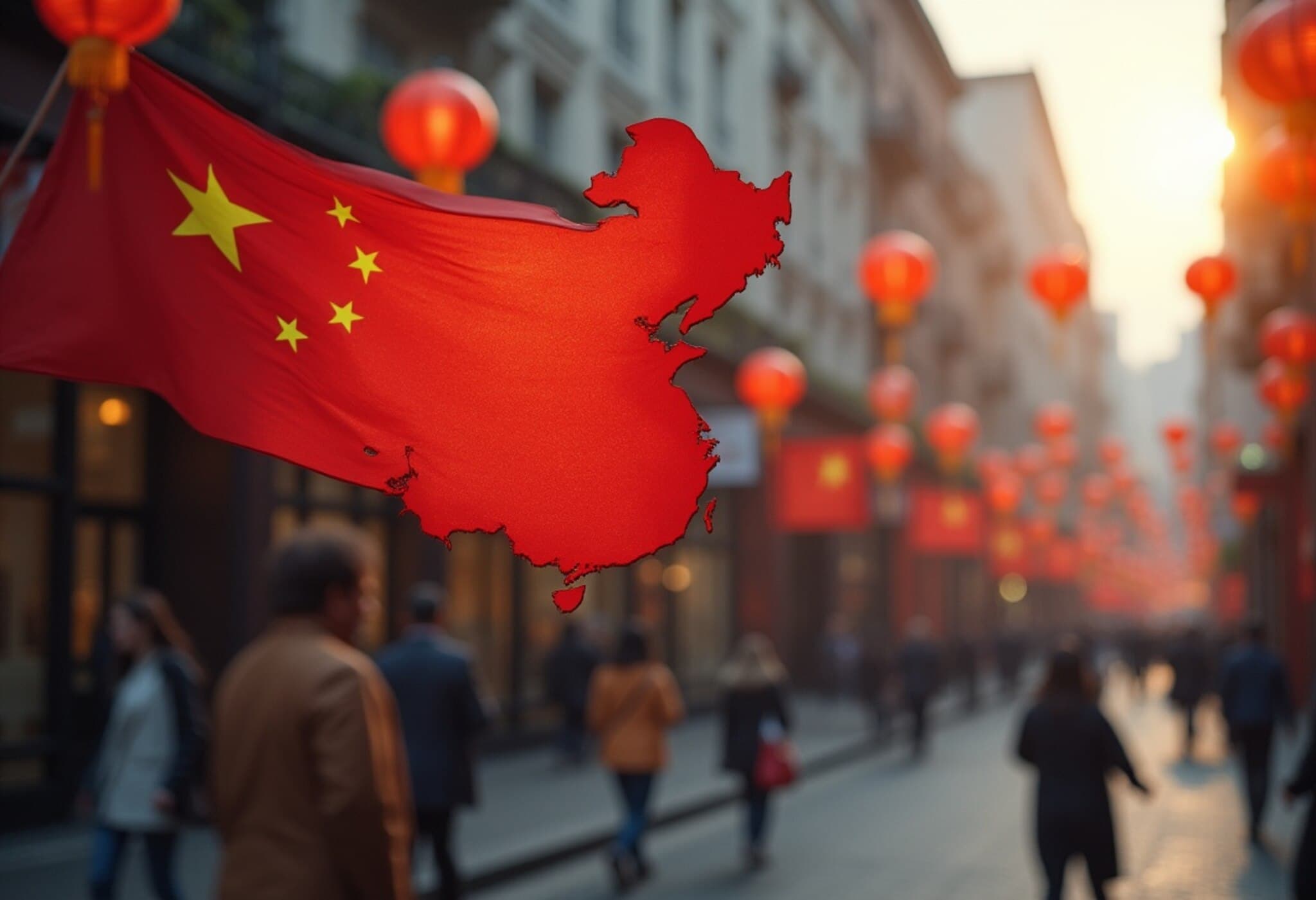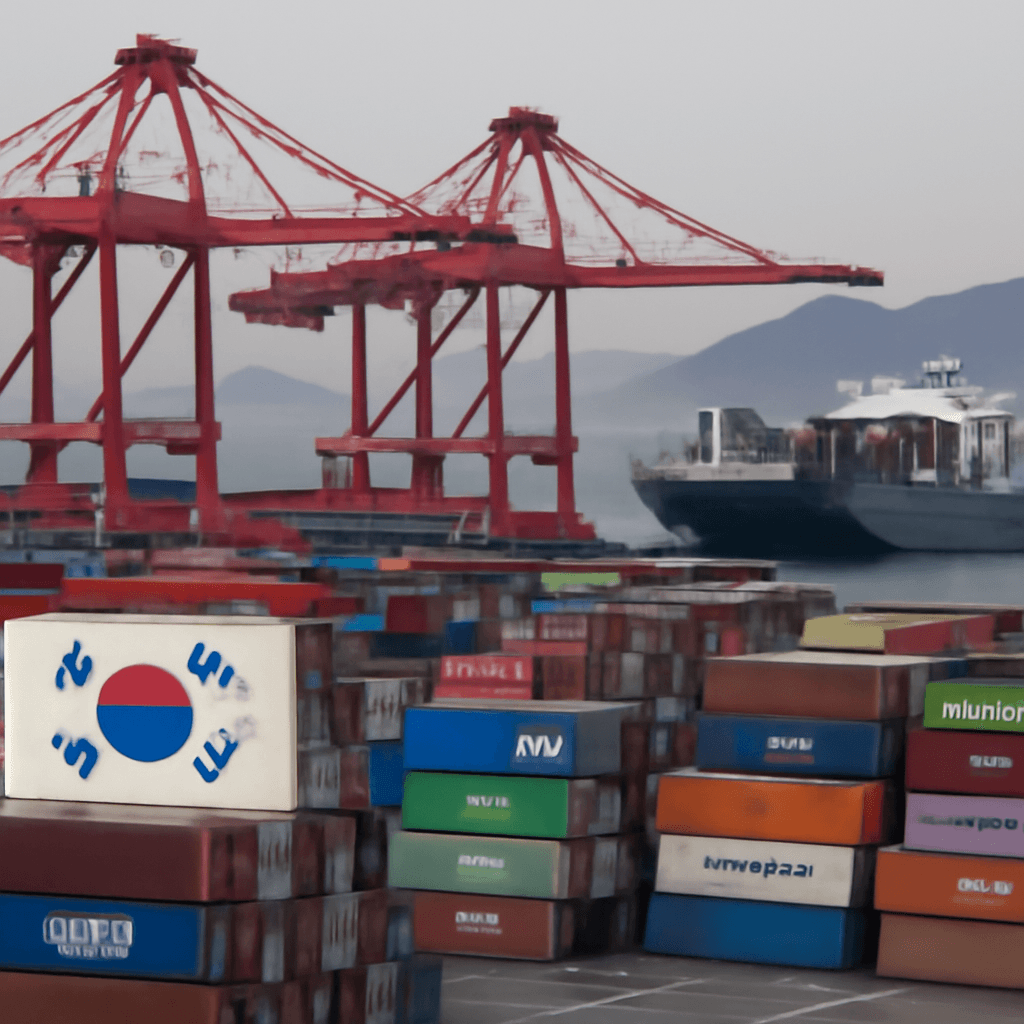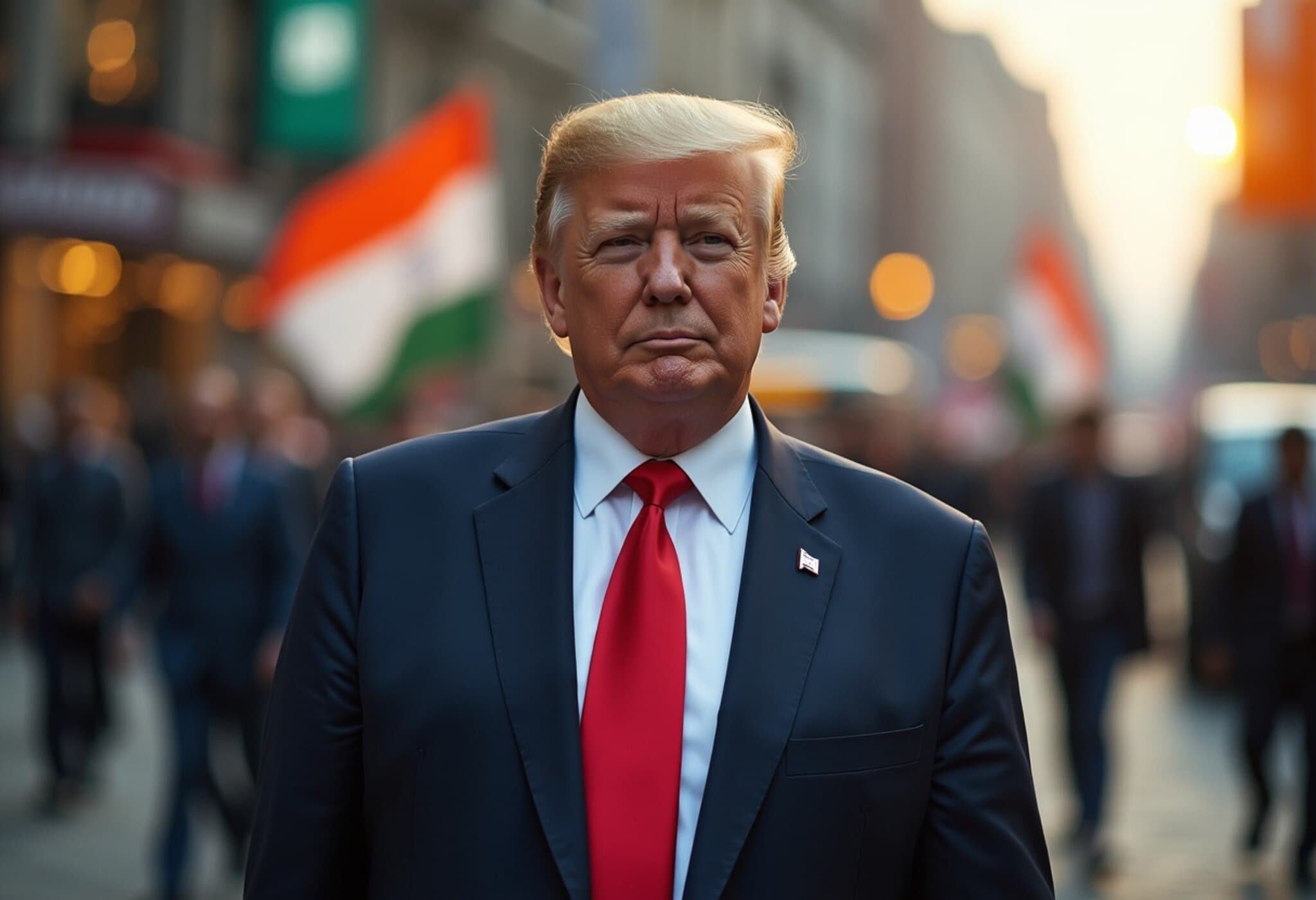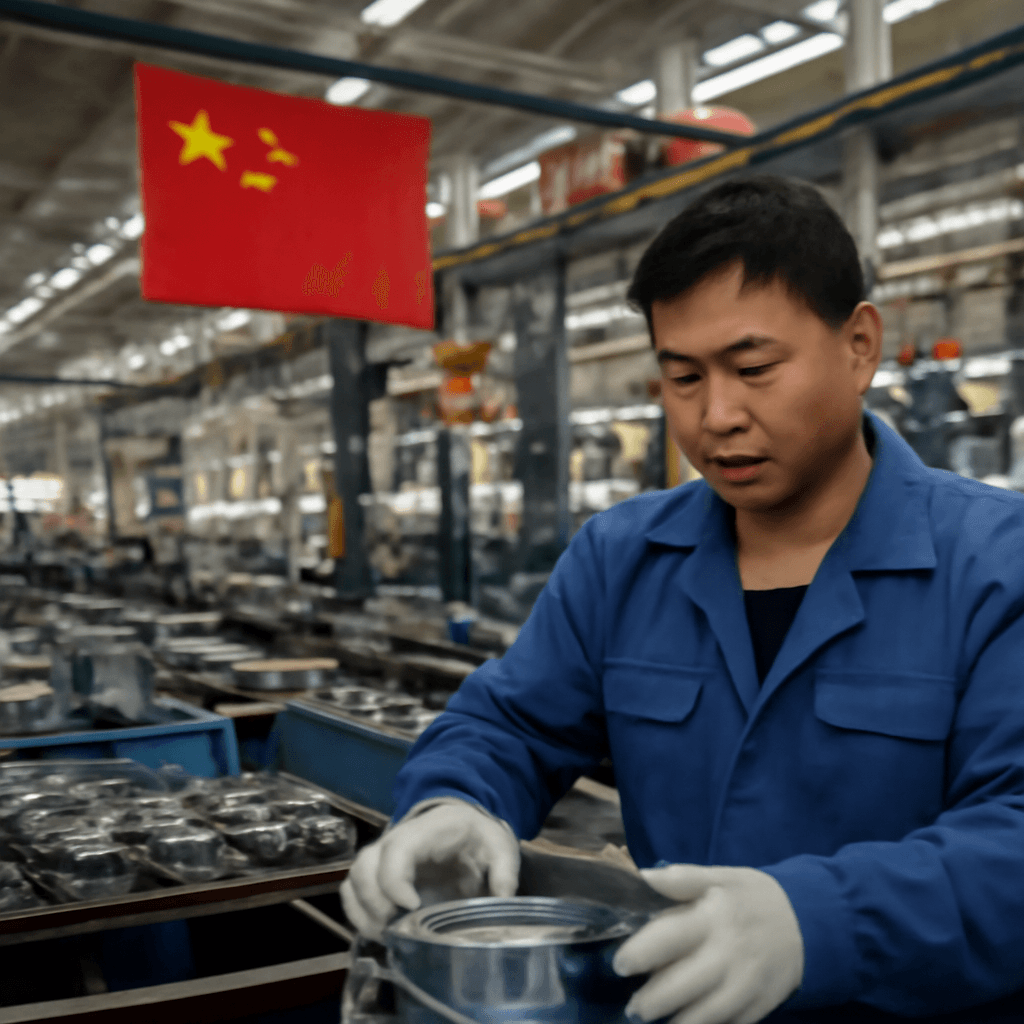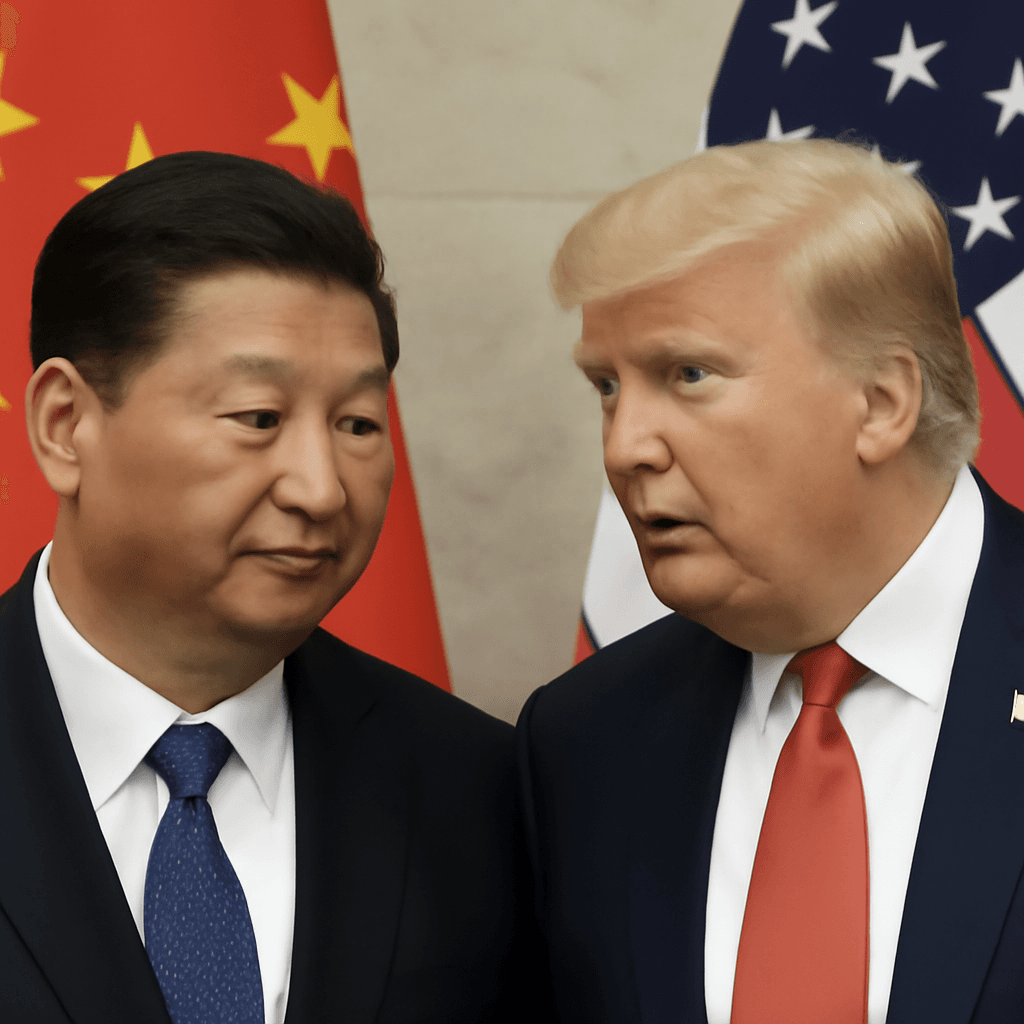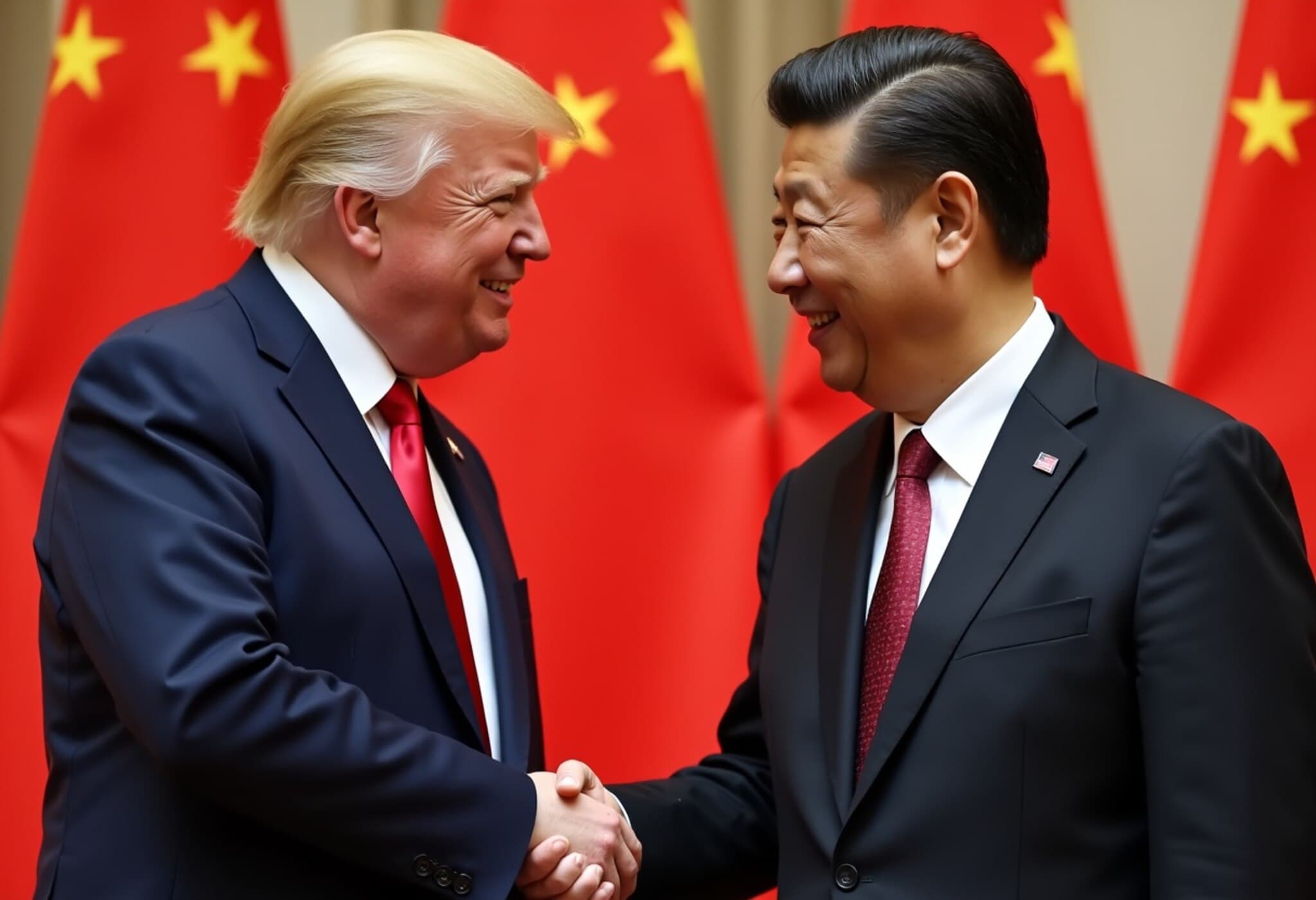China's Economy Surprises with 5.2% Q2 Growth Despite Lingering Challenges
In a landscape marked by ongoing trade tensions and domestic pressures, China's economy displayed a compelling measure of resilience by expanding 5.2% year-over-year in the second quarter of 2025. This growth figure slightly outpaced market forecasts of 5.1%, signaling cautious optimism but also inviting closer scrutiny from economists and policymakers alike.
Detailed Economic Metrics Reveal Mixed Signals
- Gross Domestic Product (GDP) rose by 5.2% year on year in Q2, edging above the predicted 5.1% but trailing Q1's 5.4% growth.
- Quarter-on-quarter GDP growth stood at 1.1%, slightly higher than the projected 0.9%.
- Industrial production surged 6.8% year-on-year in June, outperforming forecasts of 5.7%, indicating robust manufacturing activity.
- Retail sales growth, however, lagged at 4.8%, missing the anticipated 5.4% and continuing a trend of softer consumer spending.
- Fixed asset investment for the first half of 2025 rose 2.8%, below the expected 3.6%, with property investment sharply contracting by 11.2%, highlighting ongoing struggles in the real estate sector.
Economic Recovery: Industrial Strength Amid Consumer Caution
The industrial sector’s surprising vitality points to sustained momentum in manufacturing and exports, partially buoyed by China's strategic push to navigate US-imposed tariffs. Yet, consumer spending remains tepid, compounded by a property market in distress that dampens investor and homeowner confidence.
Experts caution that while headline growth figures are encouraging, they mask underlying vulnerabilities. The contraction in property investment and subdued retail activity suggest that broader economic resilience is not guaranteed, especially as the impact of trade disputes and domestic structural issues continue to loom.
Expert Perspectives on Policy and Market Reactions
Ben Bennett, Head of Investment Strategy for Asia at L&G Asset Management emphasized:
“The stronger industrial output is a silver lining for policymakers, but slower retail sales and investment reflect persistent challenges. The absence of urgent stimulus signals policymakers’ confidence, yet US tariffs remain a significant drag.”
Goldman Sachs’ China economist Lisheng Wang highlighted the cautious stance ahead of the Politburo meeting:
“Given the steady 5.3% growth for H1, large-scale stimulus isn’t imminent. Targeted measures are expected instead, focusing on easing property sector pressures and labor markets.”
Market analyst Alex Loo reflected the nuanced market sentiment:
“With mixed data, investors are awaiting the July Politburo’s decisions, likely centered on the housing crisis. Broad fiscal stimulus seems unlikely, underscoring a preference for a watchful approach.”
The initial market response saw China's CSI 300 index soften slightly, while Hong Kong’s Hang Seng index managed modest gains, reflecting investor caution amid the data’s mixed implications.
Underlying Risks: Trade War and Structural Headwinds
China’s economic story in 2025 cannot be divorced from the heavy shadow cast by ongoing trade tensions with the United States. The tariff war introduced by former President Trump disrupted supply chains, export growth, and market confidence.
Moreover, entrenched challenges, such as a faltering property market, deflationary risks, and cautious consumer sentiment, continue to temper the pace of recovery.
Eurasia Group's China Director Dan Wang pointed out the automation-driven industrial growth’s limits:
“While industrial production remains key, its automation means fewer jobs are created, putting pressure on consumption and overall economic vibrancy.”
Economists warn that without stronger fiscal stimulus measures in the second half of the year, growth momentum could wane, especially as external pressures persist and internal vulnerabilities deepen.
Looking Ahead: Policy Choices and Global Context
China faces a nuanced policy crossroads. With a national growth target of around 5% for 2025, the slight overshoot in Q2 is a welcome sign but does not eliminate the need for strategic interventions. Policymakers are expected to favor incremental, targeted support rather than broad-based stimulus, maintaining a delicate balance between sustaining growth and managing financial risks.
Moreover, developments in U.S.-China trade relations—particularly following the upcoming August truce deadline—are critical variables that could tilt economic outcomes.
Editor’s Note
China’s 5.2% GDP growth in Q2 2025 reflects both resilience and fragility. While industrial output provides hope, the persistently weak property sector and consumer spending signal structural headwinds that cannot be ignored. For American policymakers and global investors, this cautious optimism underscores the importance of monitoring China’s policy responses amid ongoing geopolitical tensions. Will China’s incremental stimulus steps suffice to sustain growth, or are we poised for a more pronounced slowdown? The next chapters of this complex economic narrative will have far-reaching implications, shaping global trade dynamics and investment flows.

